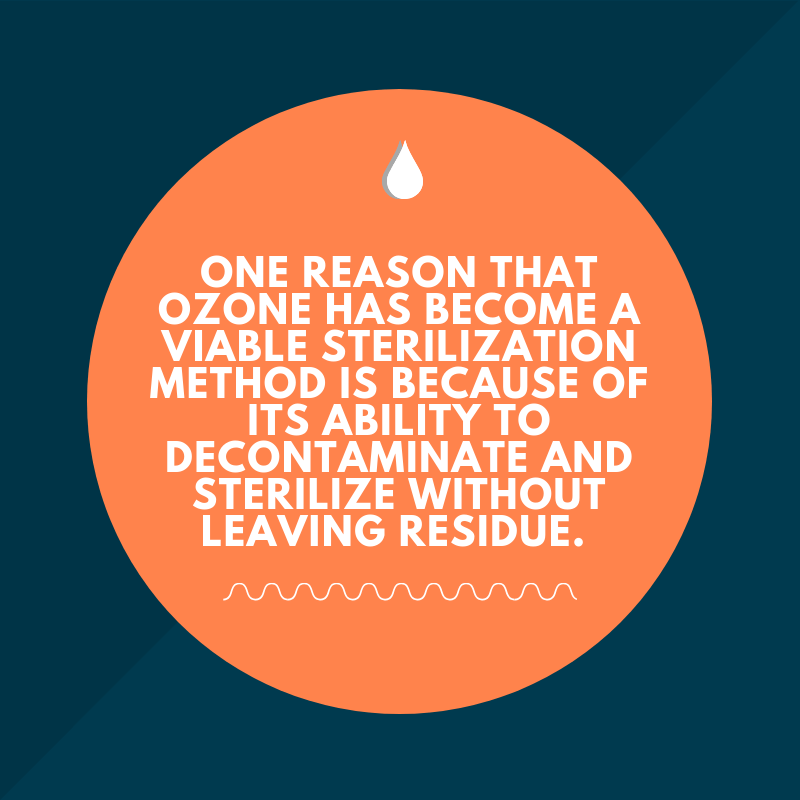The Future of Ozone Sterilization
As medical technology continues to evolve, so do medical device sterilization methods. Alternatives to traditional sterilization processes, including ozone sterilization are beginning to change the landscape of the medical device sterilization industry. A recent article, “Could Ozone Emerge as Sterilization Method of Choice for Advanced Medtech?” addresses the ways that sterilization is advancing.
A University of Glasgow- based start-up company, Anacail Ltd., is beginning to develop a process known as ozone sterilization thanks to an Innovate UK grant.
According to Dick Barton, Senior Product Engineer at Anacail, says, “Modern medical and life science products are increasingly sophisticated devices in terms of materials such as advanced polymers and novel surface coatings. Furthermore, the incorporation of electronic or optic components in an active device adds further complexity and sophistication to the device,”
He continues, “Traditional sterilization techniques are mature technologies, which when developed were never intended to sterilize such complex or fragile devices. Such techniques are now causing significant damage to new and emerging devices. For example, autoclaving can damage surfaces and bulk materials through thermal degradation, dimensional change, or moisture-induced corrosion. Radiation can cause irreparable damage to integrated circuits and cause significant degradation of polymeric materials through cross linking or chain scission, which can render the device unusable. Conversely, ethylene oxide sterilization has comparatively good material compatibility, but the chemical is a known carcinogen and residual amounts must be carefully monitored and controlled.”
One reason that ozone has become a viable sterilization method is because of its ability to decontaminate and sterilize without leaving residue. Additionally, “to decay back to native oxygen makes this technology environmentally ideal,” Barton says. He continues, “Ozone is generated on demand and in situ, so has the further advantage of no transport, storage, or disposal of hazardous or toxic chemicals. These fundamental advantages transcend market segments and application areas.”
Anacail has taken the process a step further and plans to incorporate their sterilization with packaging processes. Barton says, “The key advantage of integrating sterilization into a packing stage is that sterilization becomes a continuous rather than batch process, and that the process is highly scalable without the large infrastructure requirements associated with traditional technologies.”
One important point to address, though, is that the process relates only to nonporous packaging, because ozone is trapped inside of a sealed pack. Barton explains, “Porous packaging is usually associated with a requirement to pass a sterilant gas through, as is the case for ethylene oxide, for example. A nonporous pack has the potential advantage of a defined atmosphere with controlled humidity.”
In order to provide an in-packaging demonstration of sterility, Anacail has been developing a dose-responsive chemical indicator for its packaging/sterilization combinations.
Q1’s Medical Device Sterilization Conference on September 24-25 in Minneapolis, MN will address a variety of sterilization methods through in-depth sessions with Notified Bodies, leading sterilization figures and more. Click here to reserve your spot today!






